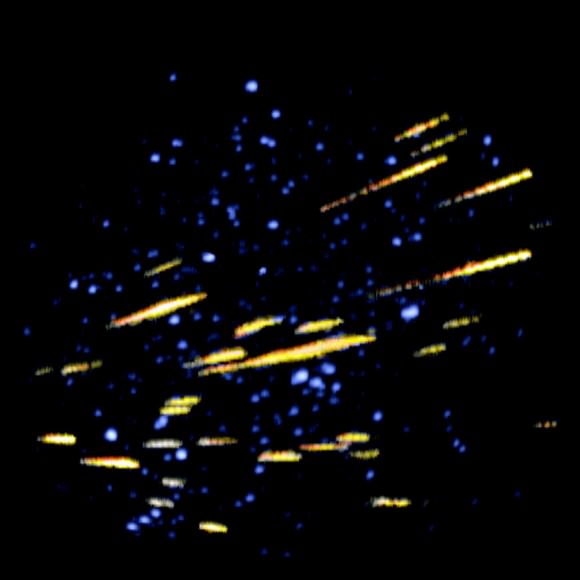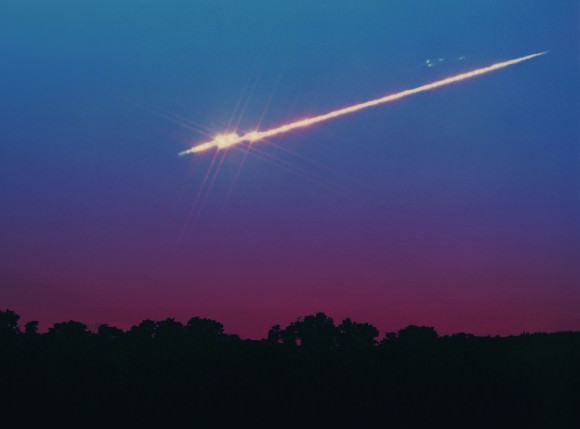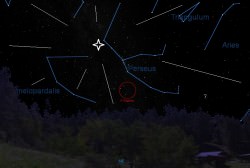When tiny grains of dust impact our atmosphere, they leave a trail of glowing material, like a streak of light across the sky.
This is a meteor, or a shooting star.
On any night, you can go outside, watch the sky, and be guaranteed to see one. Individual meteors start as meteoroids – pieces of rock smaller than a pebble flying around the Solar System.
Even though they’re tiny, these objects can be moving at tens of thousands of kilometers per hour. When they hit Earth’s atmosphere, they release tremendous amounts of energy, burning up above an altitude of 50 kilometers.
As they disintegrate, they leave a trail of superheated gas and rocky sparks which last for a moment in the sky, and then cool down and disappear from view.
Throughout the year there are several meteor showers, when the number of meteors streaking through the sky increases dramatically. This happens when the Earth passes through the trail of dust left by a comet or asteroid.
Meteor showers are when night sky puts on a special show, and it’s a time to gather your friends and family together and enjoy the spectacle.
Some showers produce only a trickle of objects, while others, like the famous Perseid meteor shower, can dependably bring dozens of meteors each hour.

Meteor showers take their name from the constellation from where they appear to originate. For example, the Perseids trace a trail back to the constellation Perseus; although you can see them anywhere across the sky.
You can see meteors any time of the year, and you don’t need any special equipment to enjoy an average meteor shower. But here are some ways you can improve your experience.
You’ll want to find a location with as clear a view to the horizon in as many directions as possible. An open field is great. Lie on your back, or on a reclining chair, look up to the sky
… and be patient.

The longer you look, the more you’ll see, and the better chance you’ll have of seeing a bolide or fireball; a very bright meteor that streaks across the sky, leaving a trail that can last for a long time.
You can see meteors any time that it’s dark, but the most impressive ones happen in the early morning, when your location on Earth is ploughing directly into the space dust.
You also want the darkest skies you can get, far away from city light pollution, and many hours after the Sun has gone down.
Enjoy the early evening meteors, but then set your alarm and get up around 4 in the morning to see the real sky show.

Now get outside, and enjoy a meteor shower.


“BEING COLD BUILDS CHARACTER“.